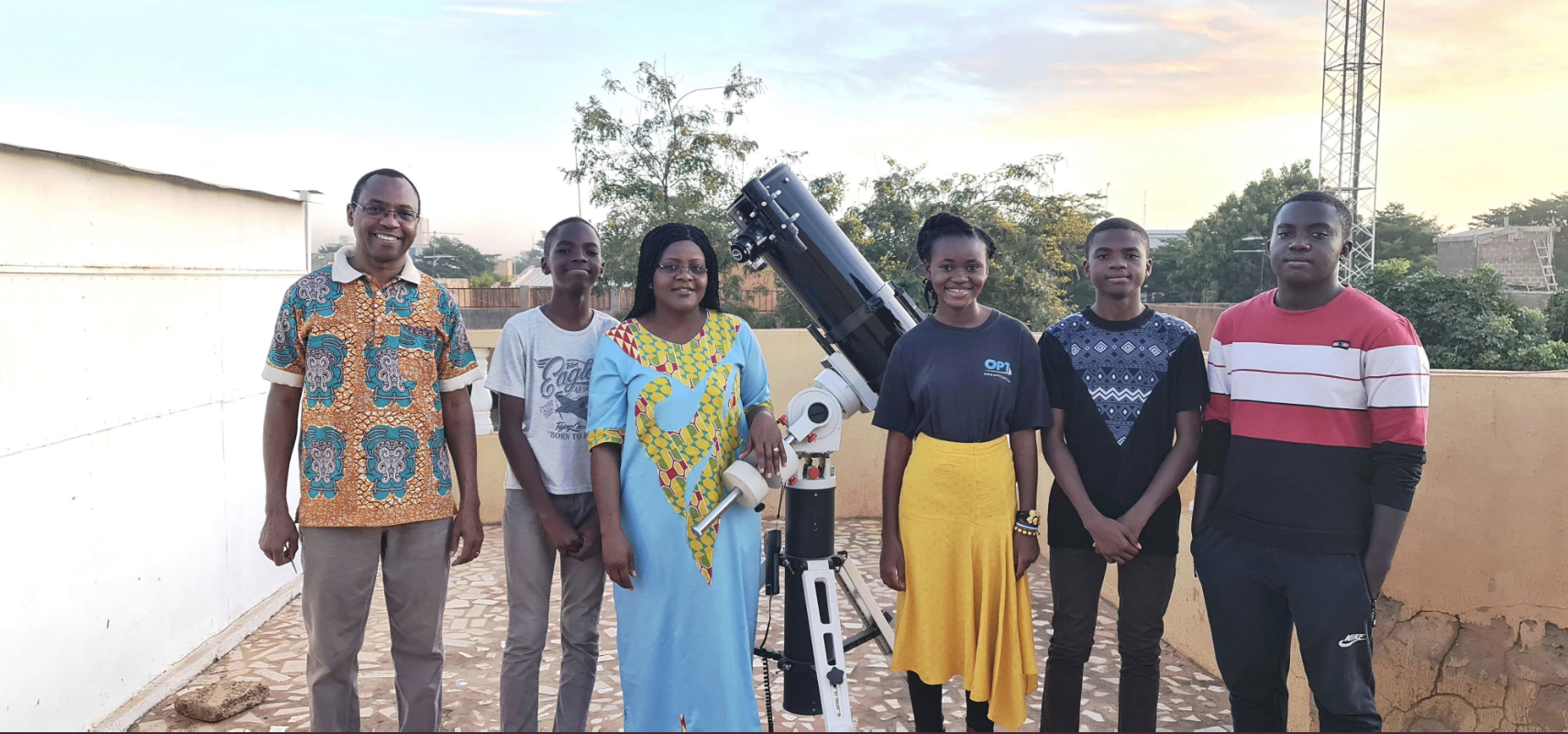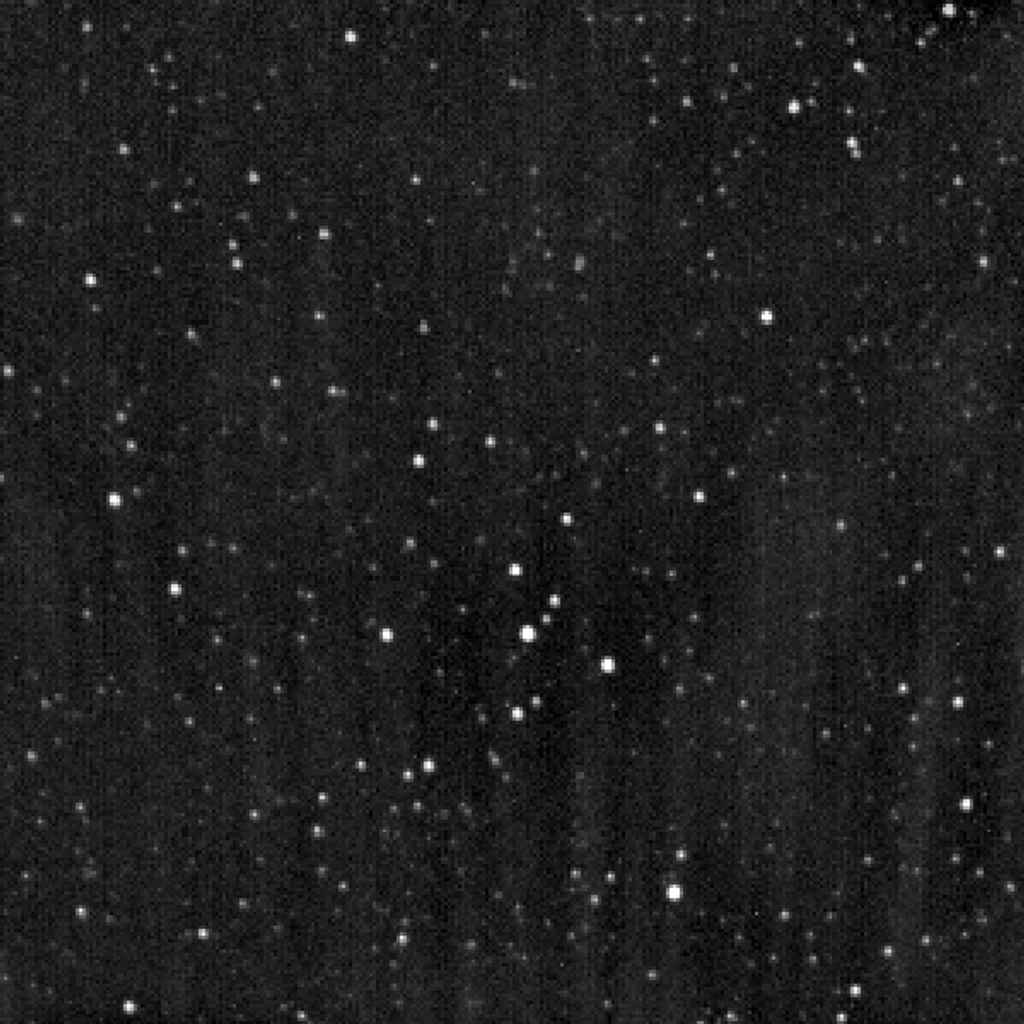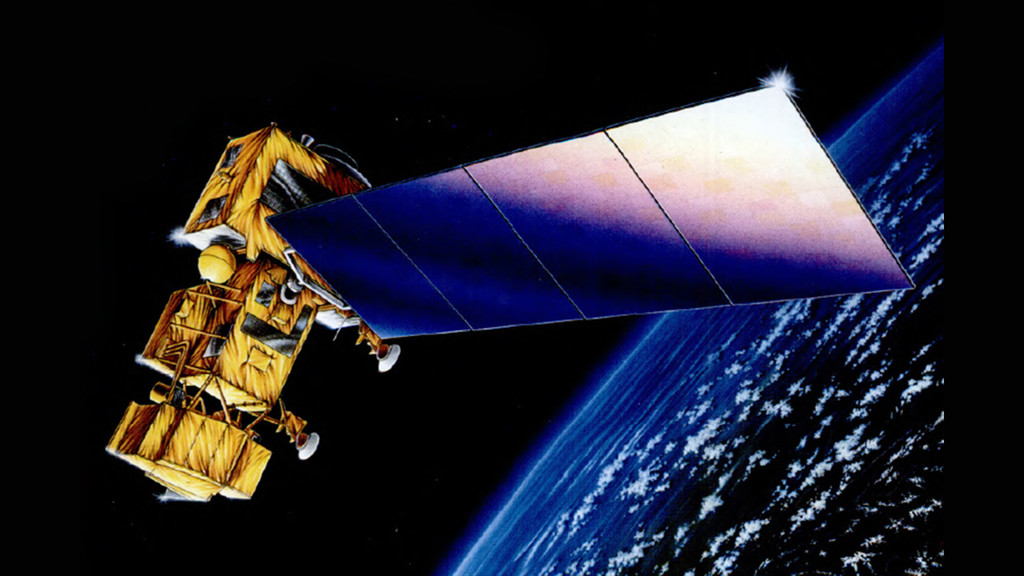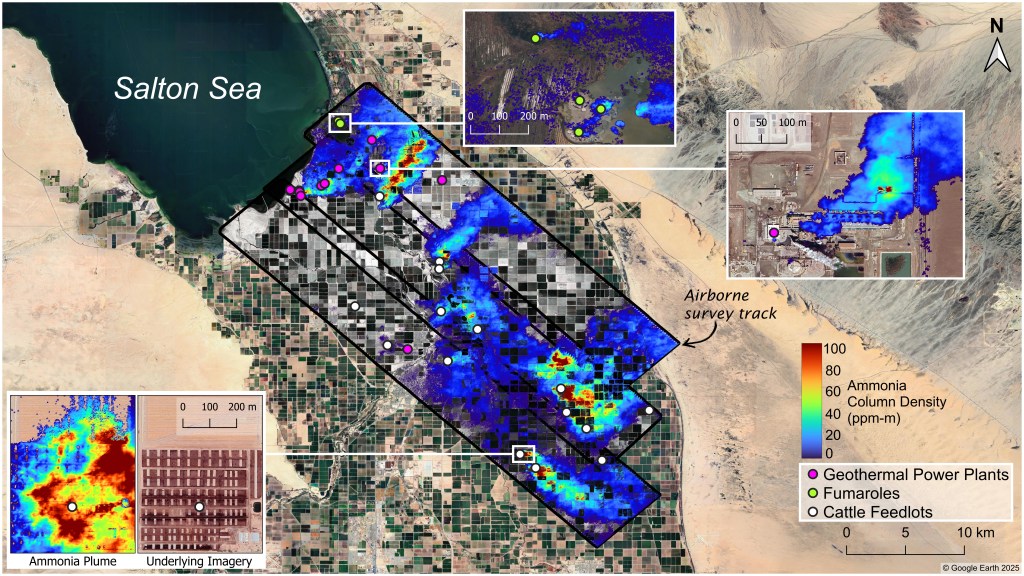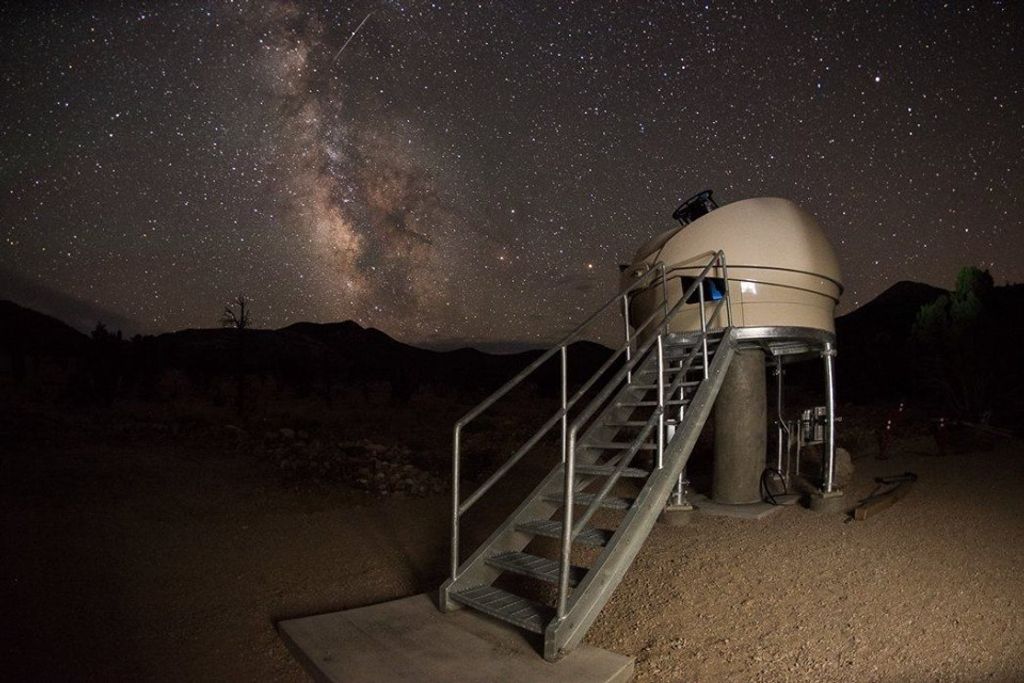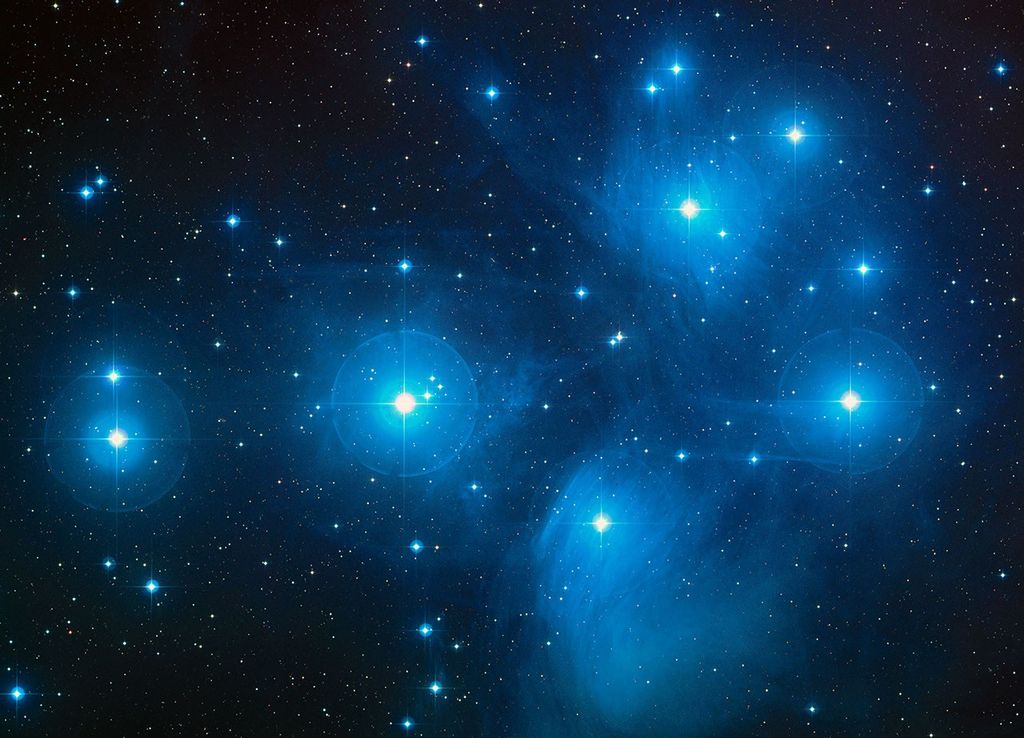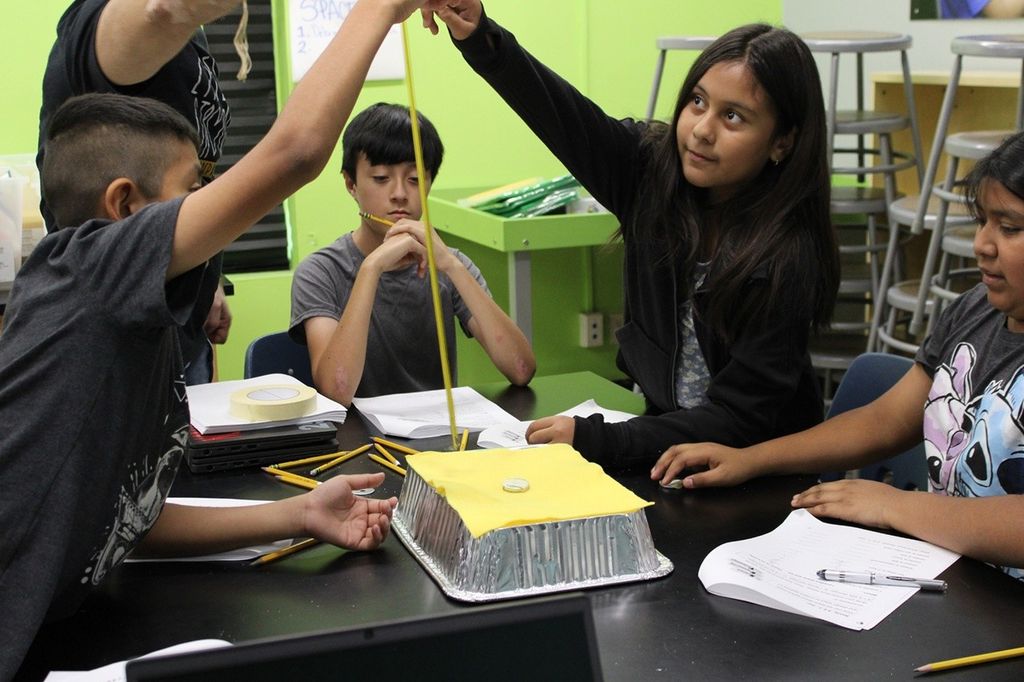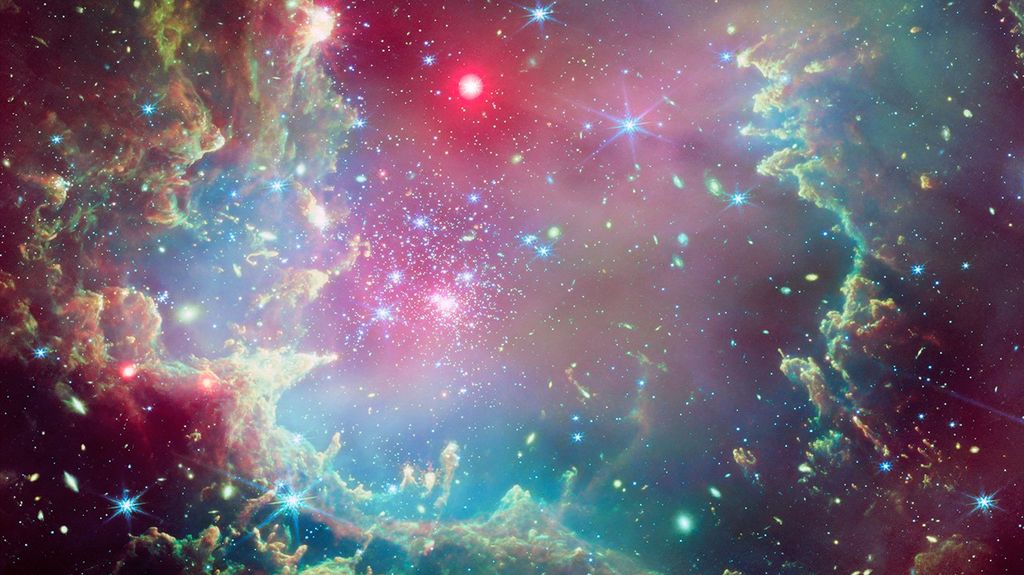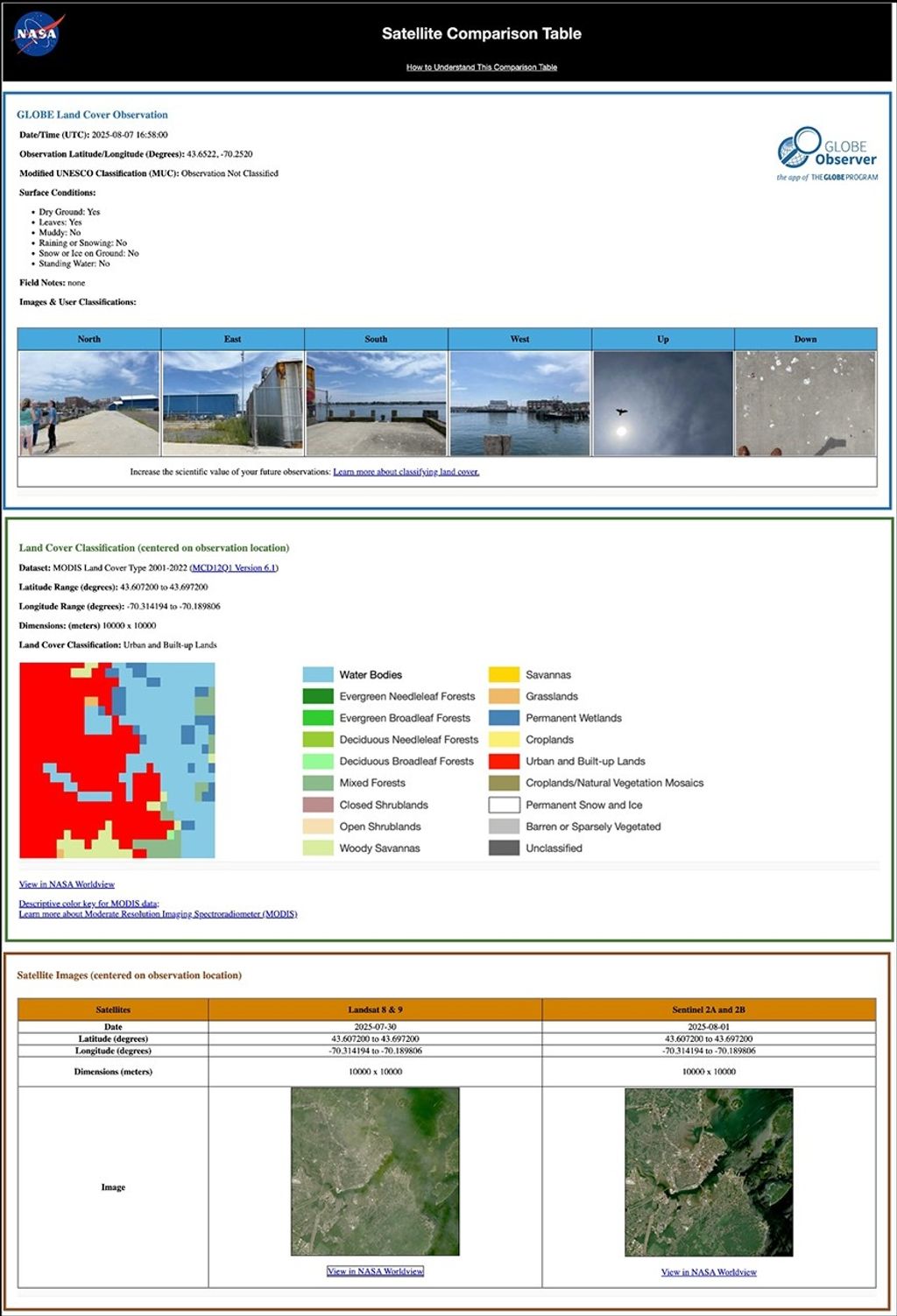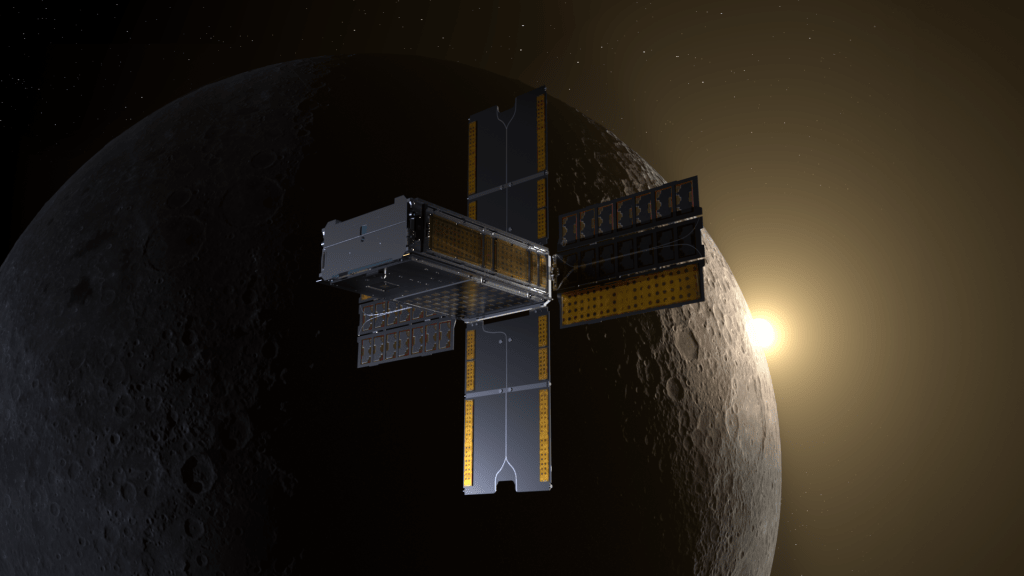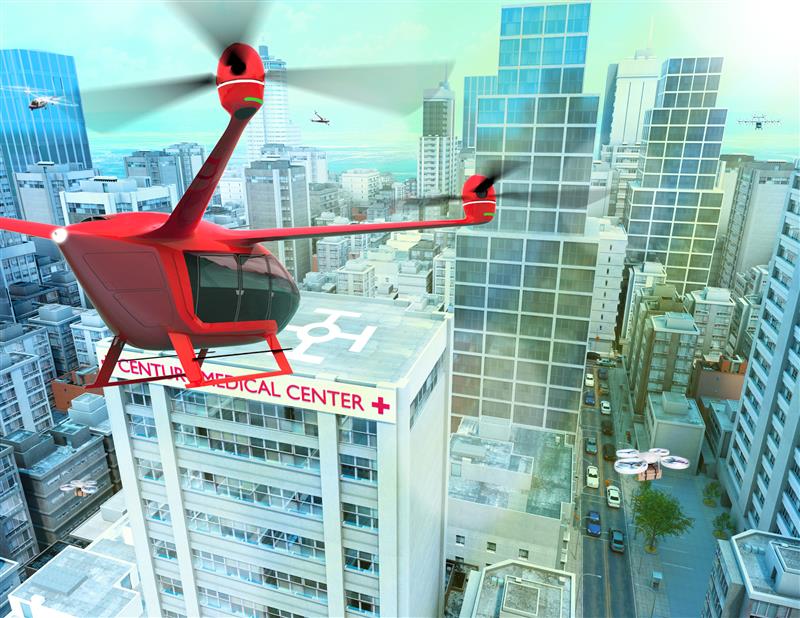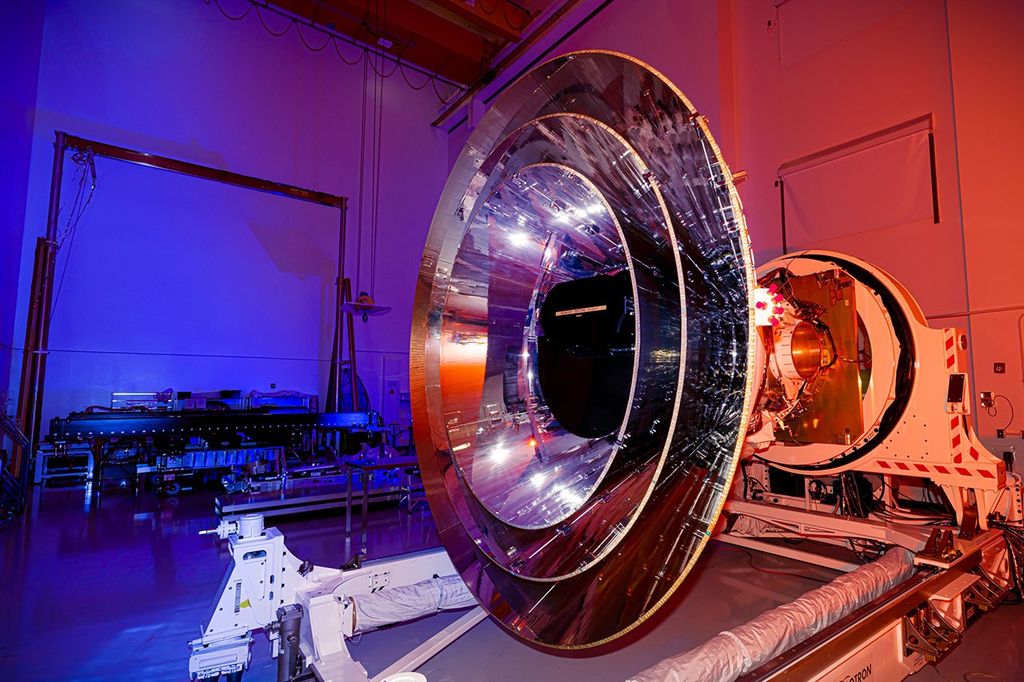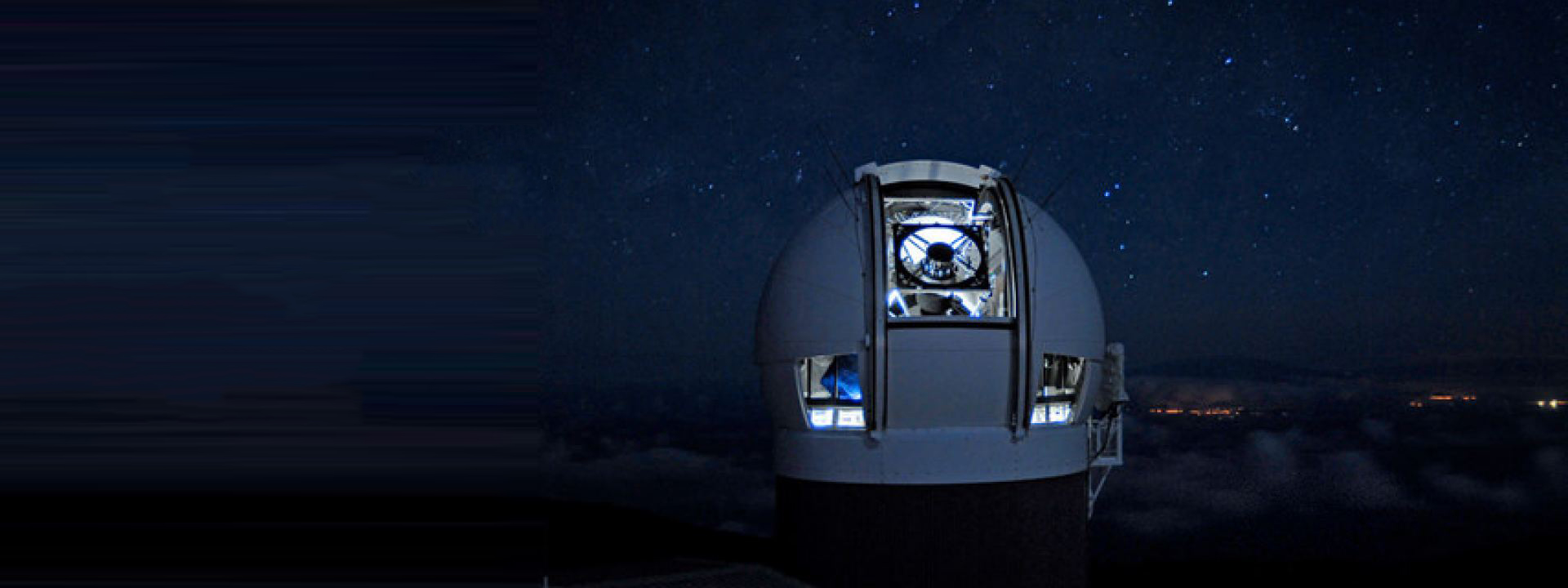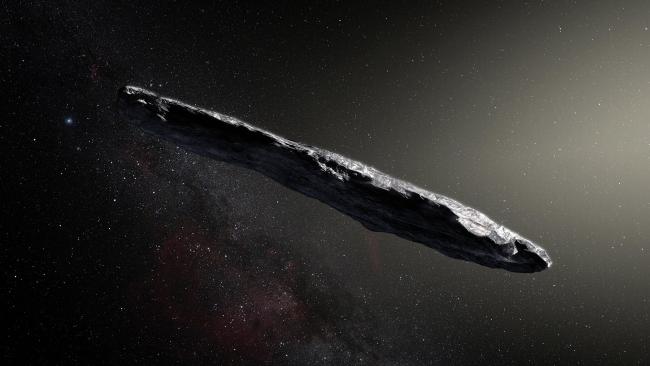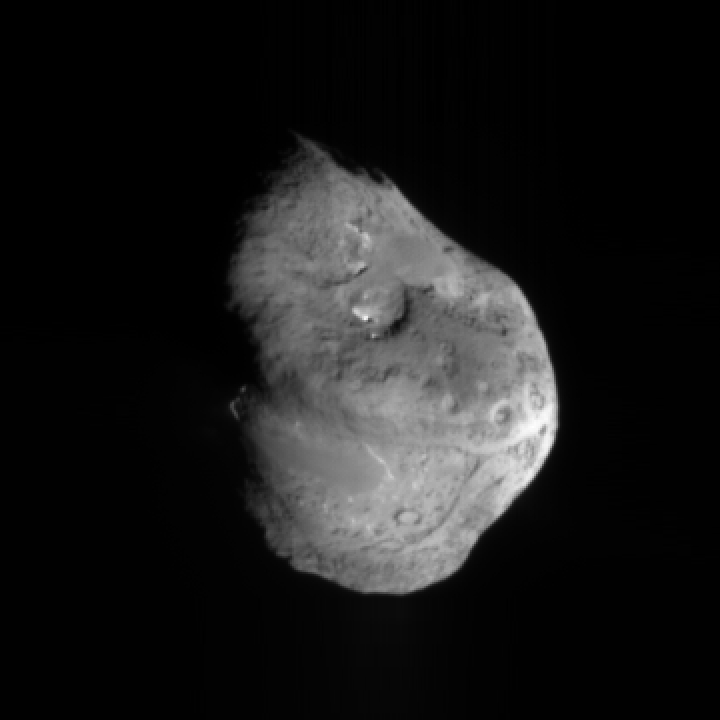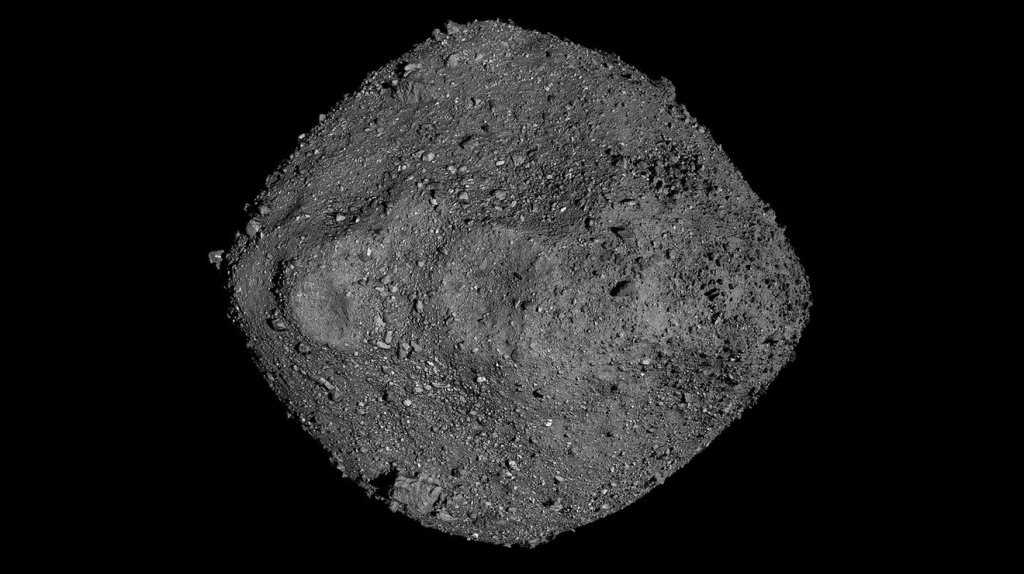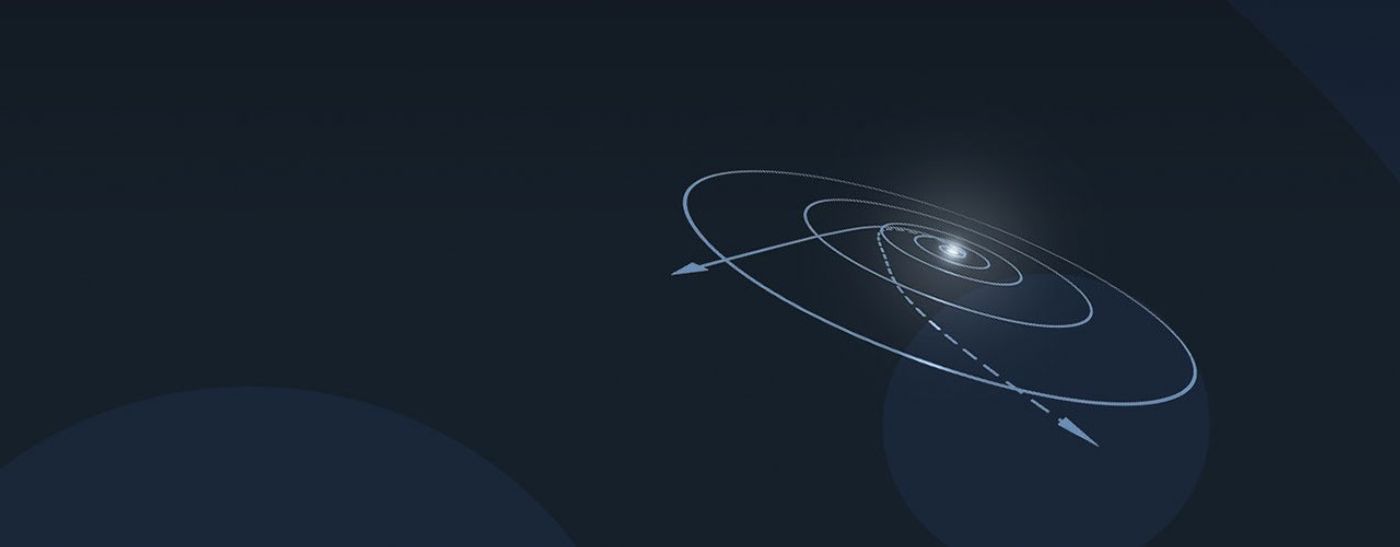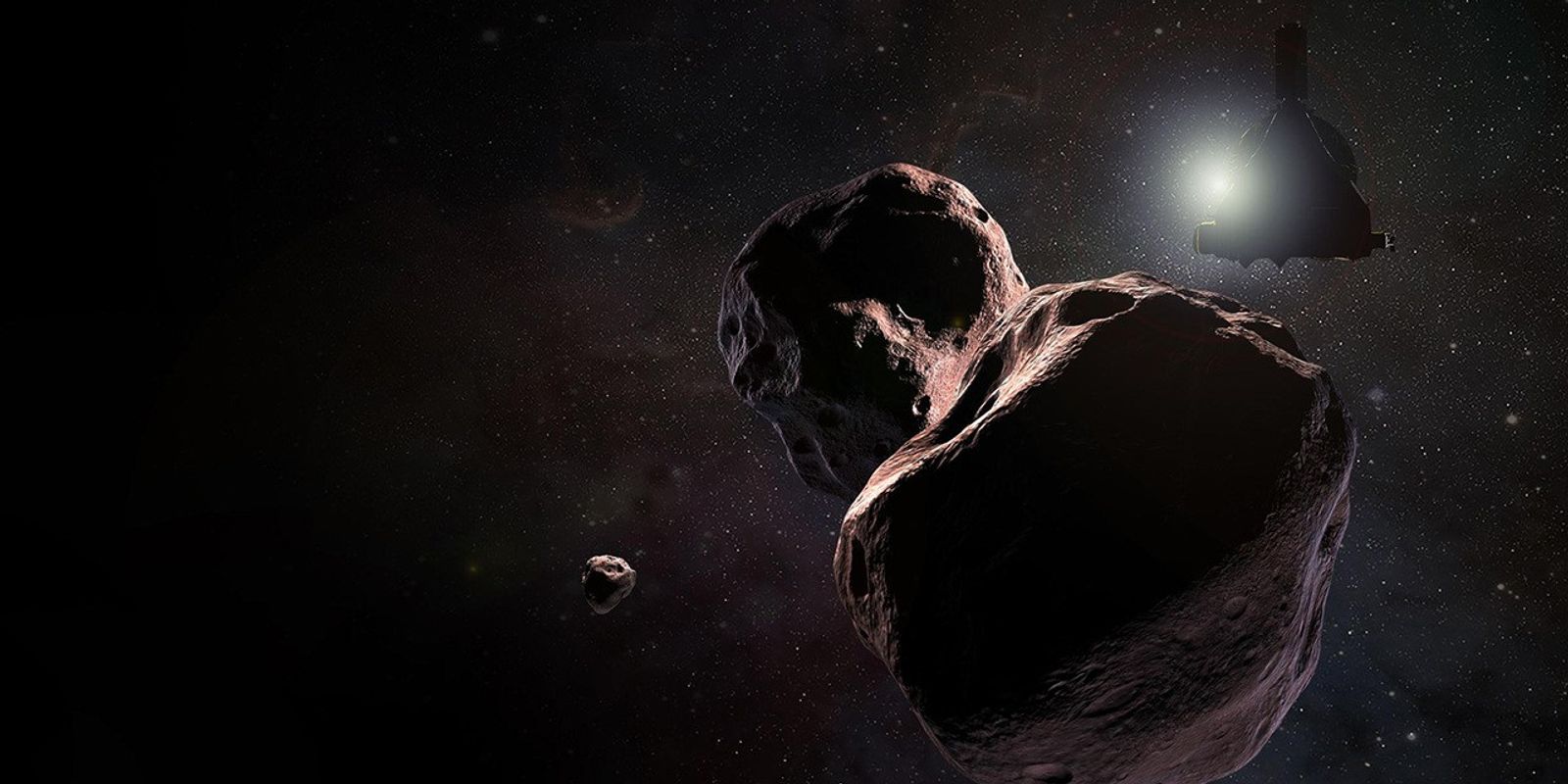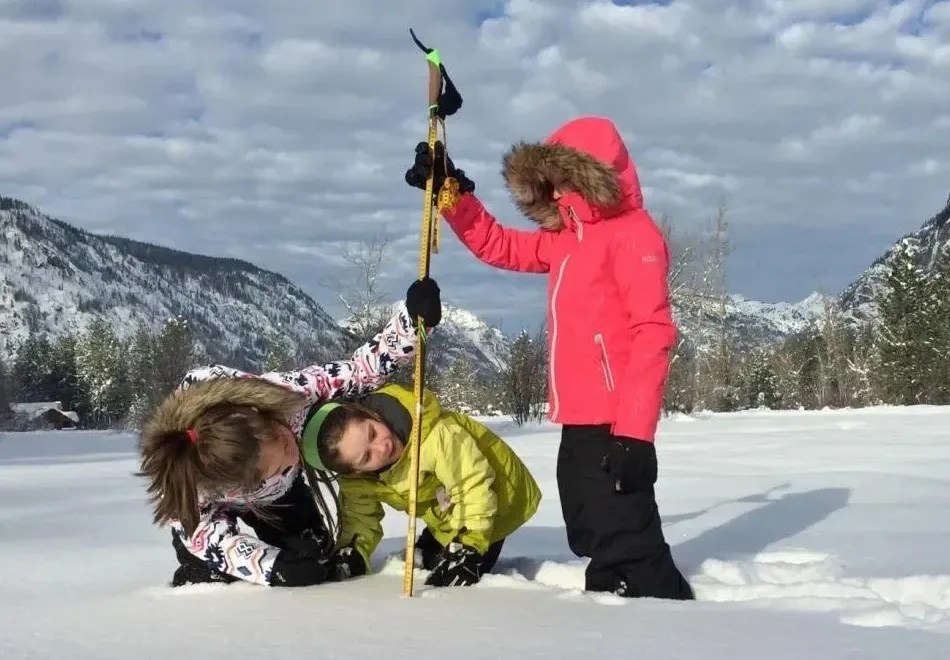The Near-Earth Object (NEO) Observations Program is a key element of NASA’s Planetary Defense Program, funding efforts to search for undiscovered NEOs using observatories around the world, calculate and refine NEO orbits, determine NEO physical properties and composition, and study NEO deflection and mitigation technologies. To achieve these objectives, the NEO Observations Program issues annual solicitations for proposals through NASA’s Yearly Opportunities for Research in Planetary Defense (YORPD) element of the Research Opportunities in Space and Earth Science (ROSES) solicitation. Major activities currently funded by the NEO Observations program include:
Initiatives to Discover New NEOs
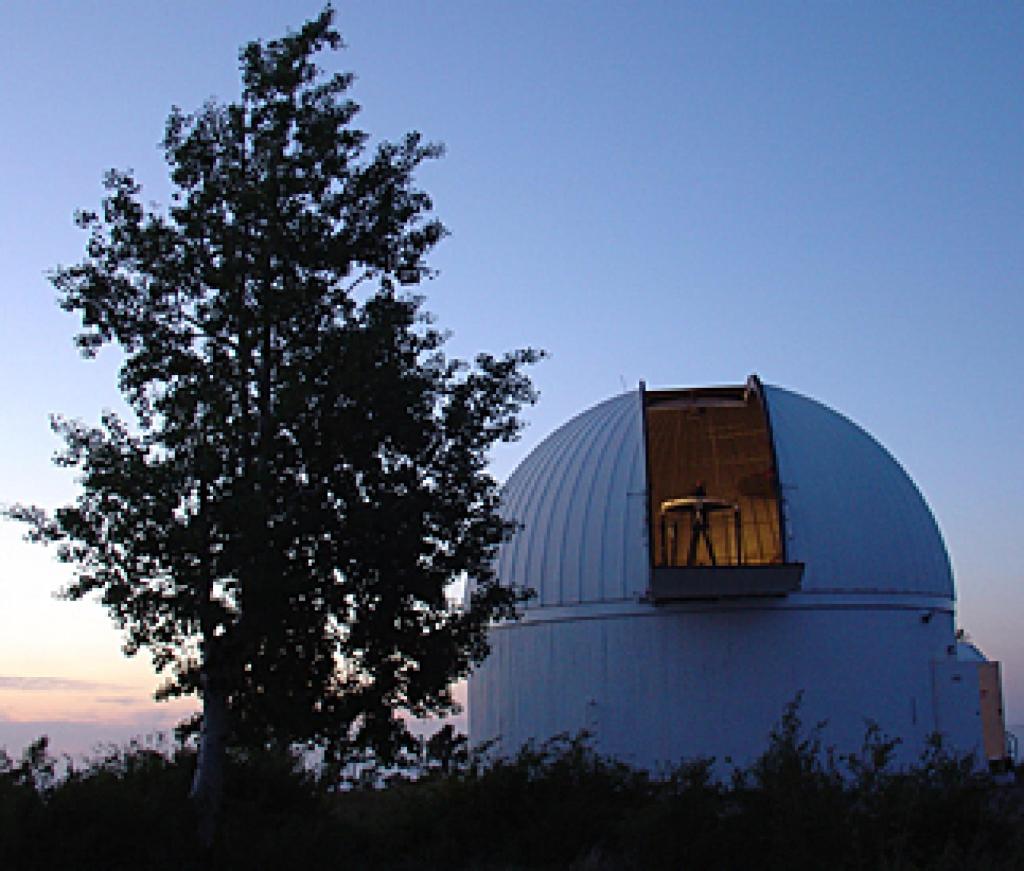
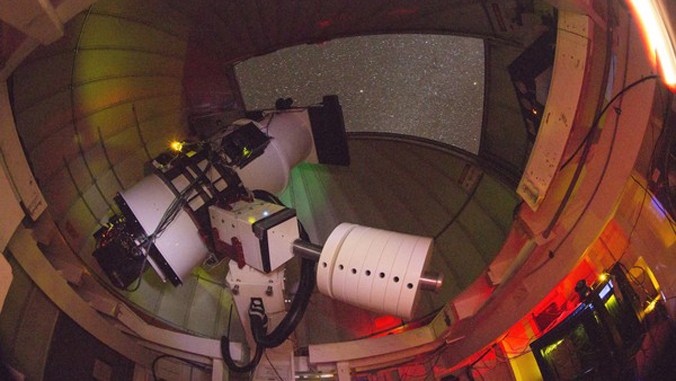
Asteroid Terrestrial-Impact Last Alert System
University of Hawaii's Asteroid Terrestrial-Impact Last Alert System (ATLAS)
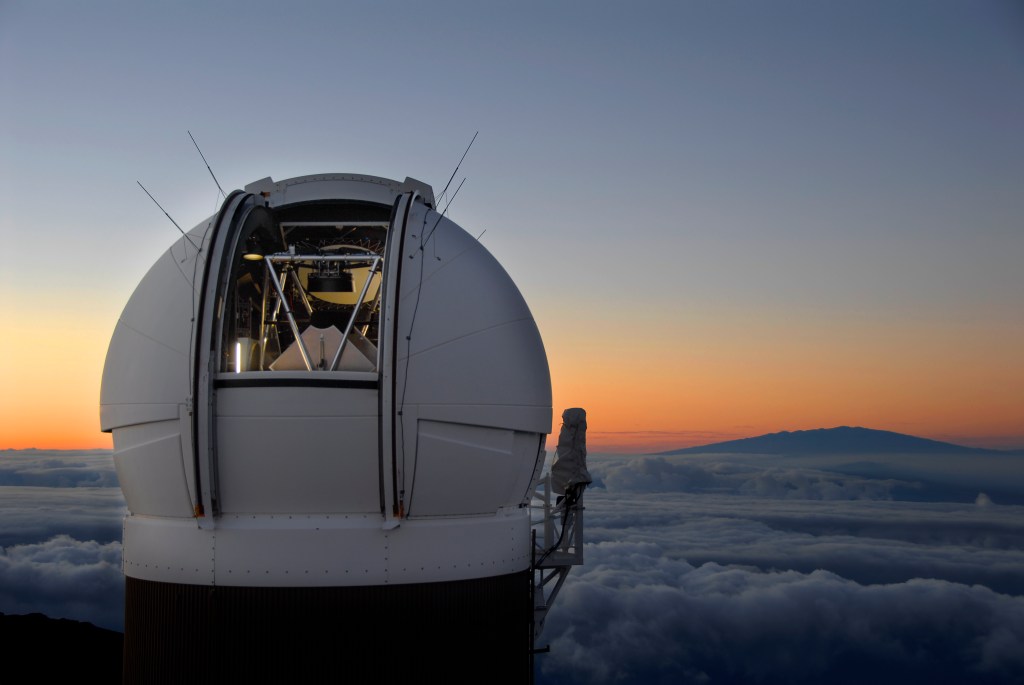
Panoramic Survey Telescope and Rapid Response System
University of Hawaii's Panoramic Survey Telescope and Rapid Response System (Pan-STARRS)
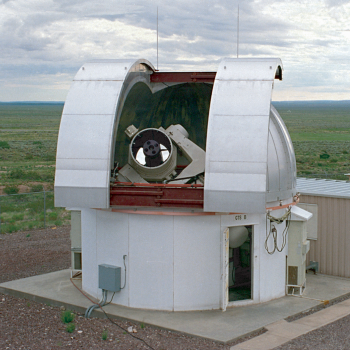
Lincoln Near-Earth Asteroid Research
Massachusetts Institute of Technology's Lincoln Near-Earth Asteroid Research (LINEAR)
Efforts to Follow Up on NEO Discoveries and Determine NEO Physical Properties
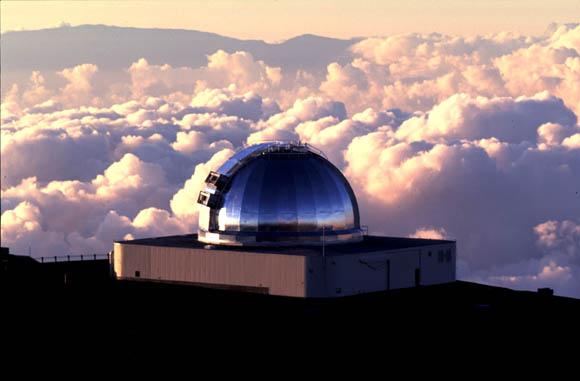
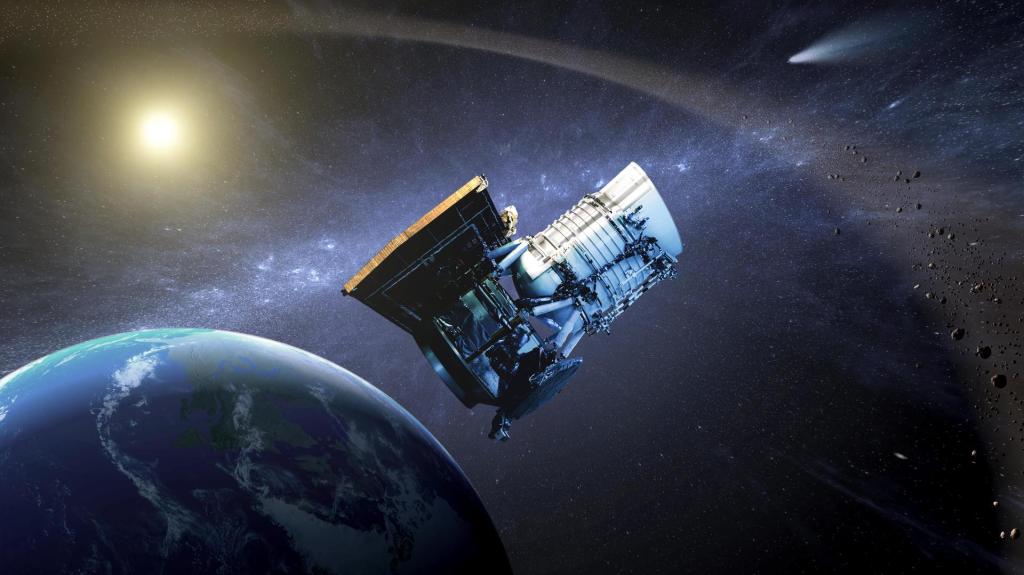
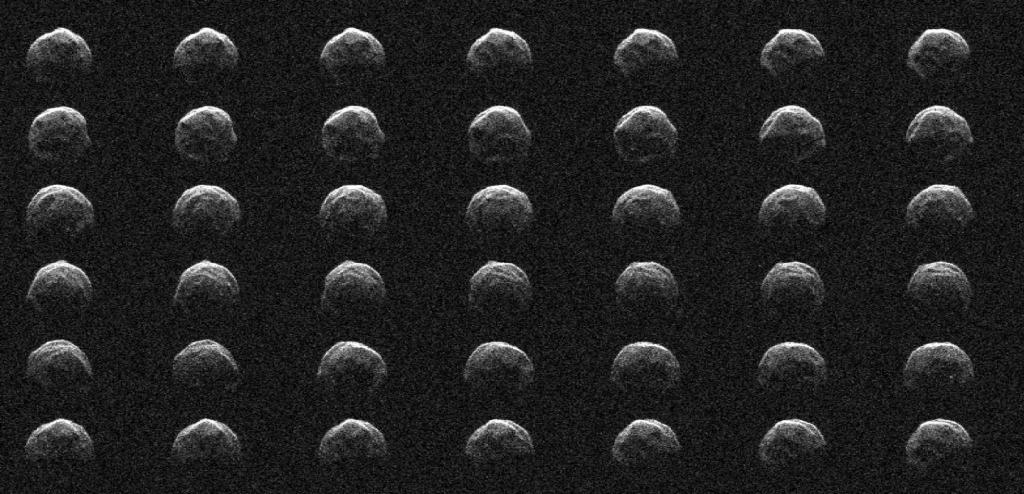
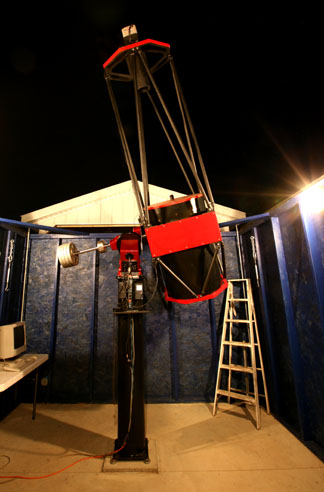
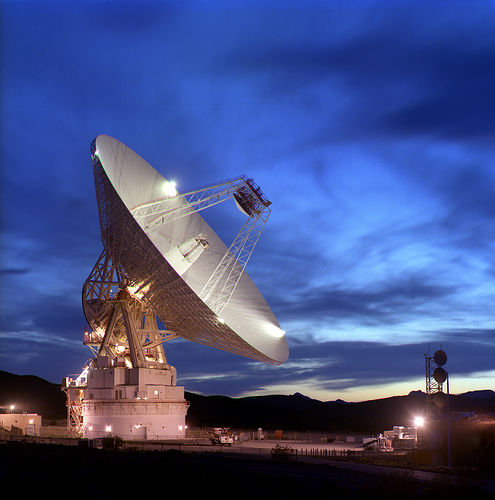
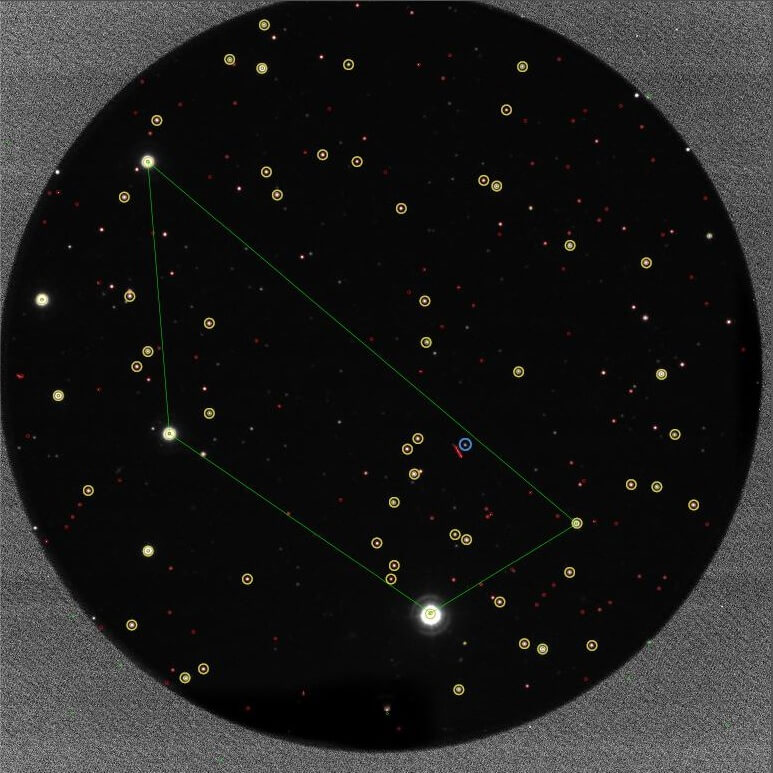
Mission Accessible Near-Earth Objects Survey
Lowell Observatory's Mission Accessible Near-Earth Objects Survey (MANOS)
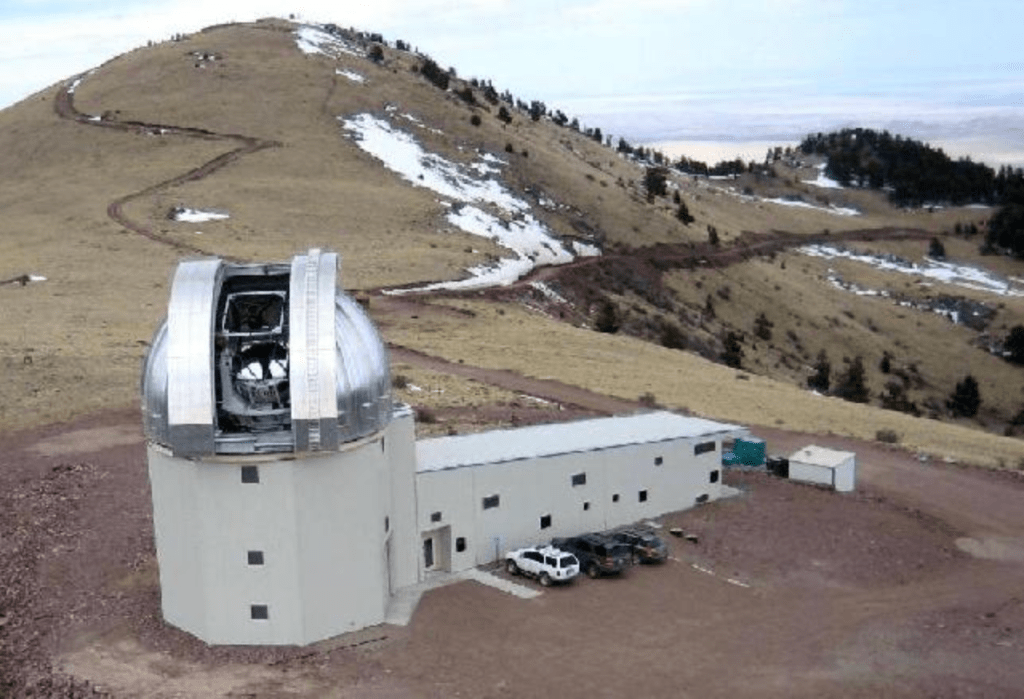
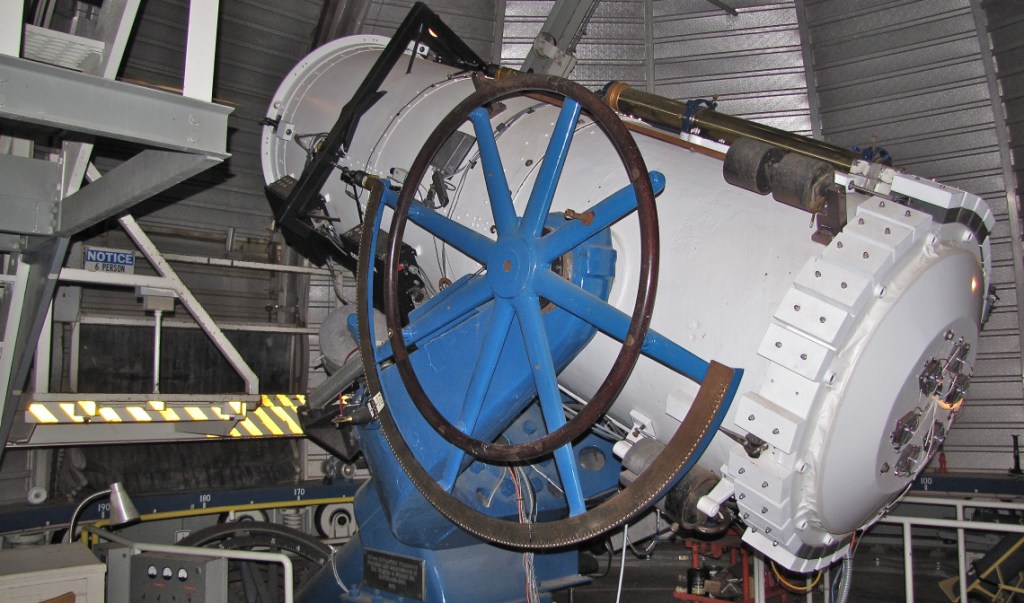
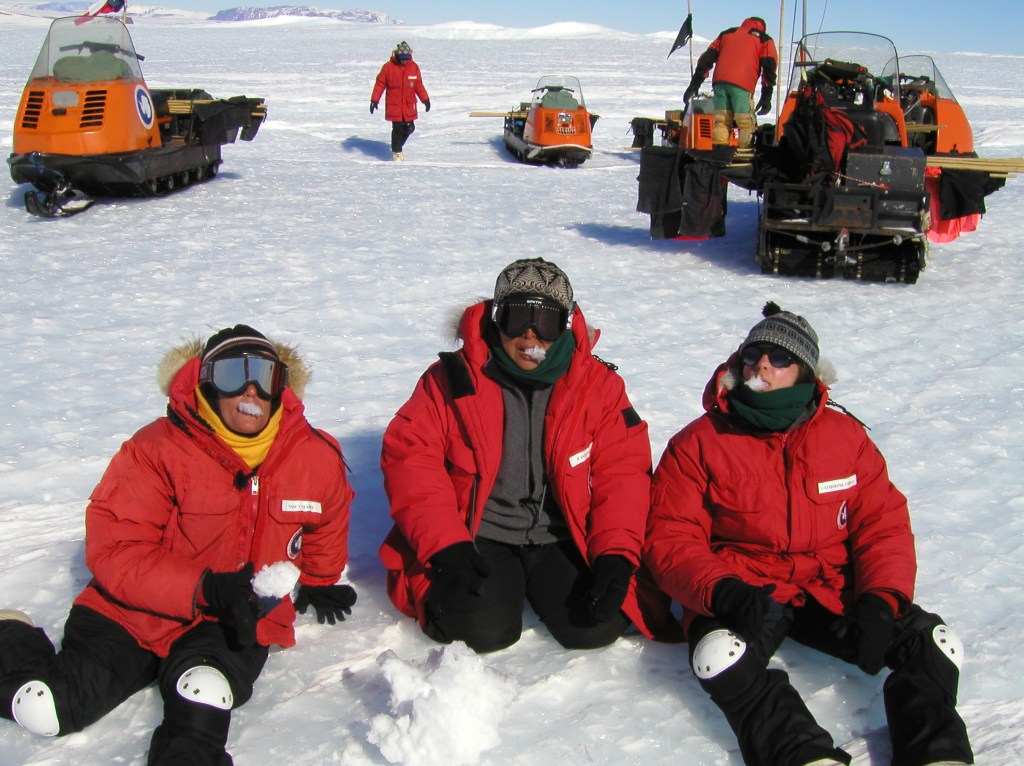
Entities to Collect NEO Positional Measurements and to Predict and Calculate NEO Orbits
Research on Asteroid Impact Mitigation
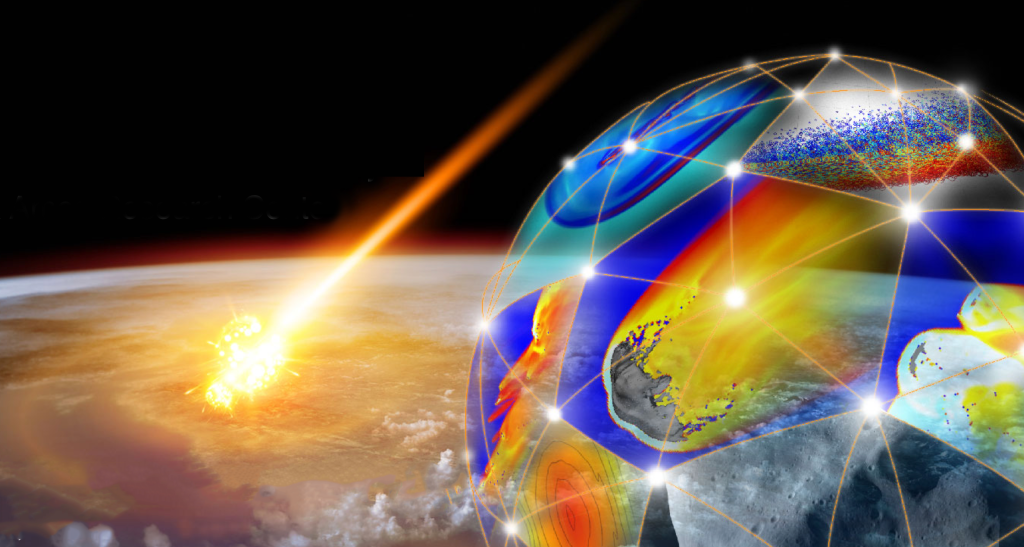
Citizen Science
The International Astronomical Search Collaboration is a citizen science program that provides high-quality astronomical data to citizen scientists around the world.
Learn More about Citizen Science